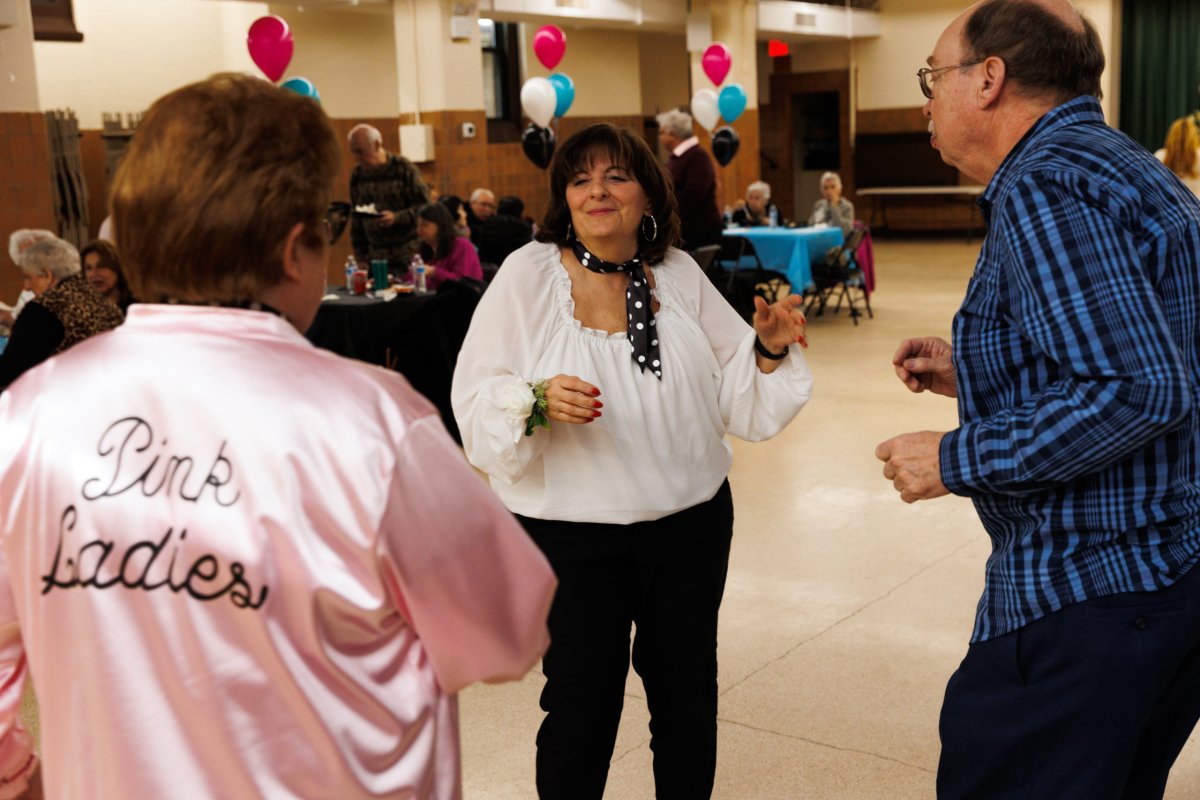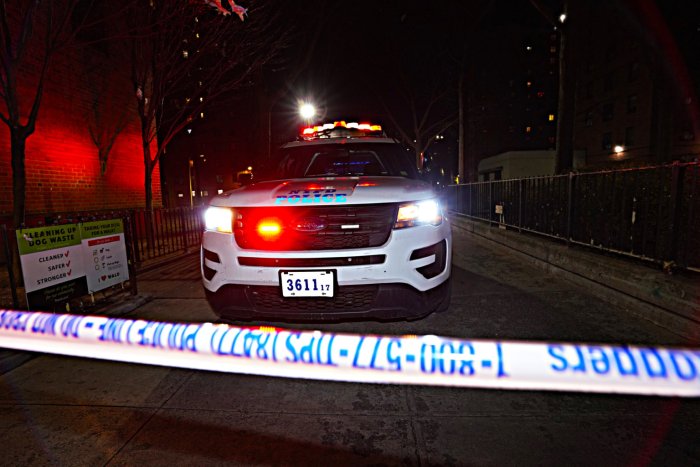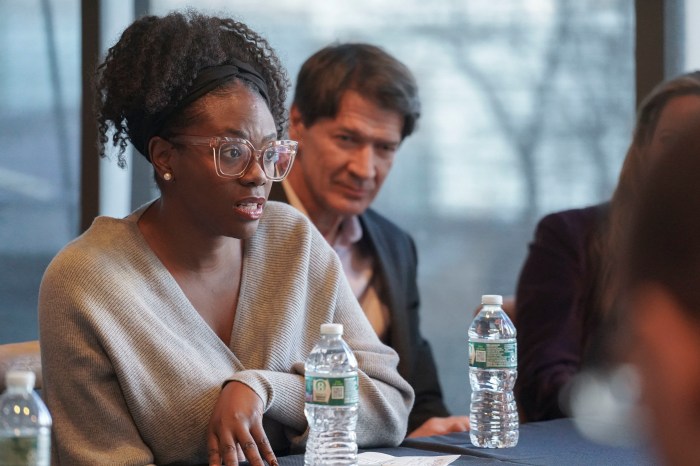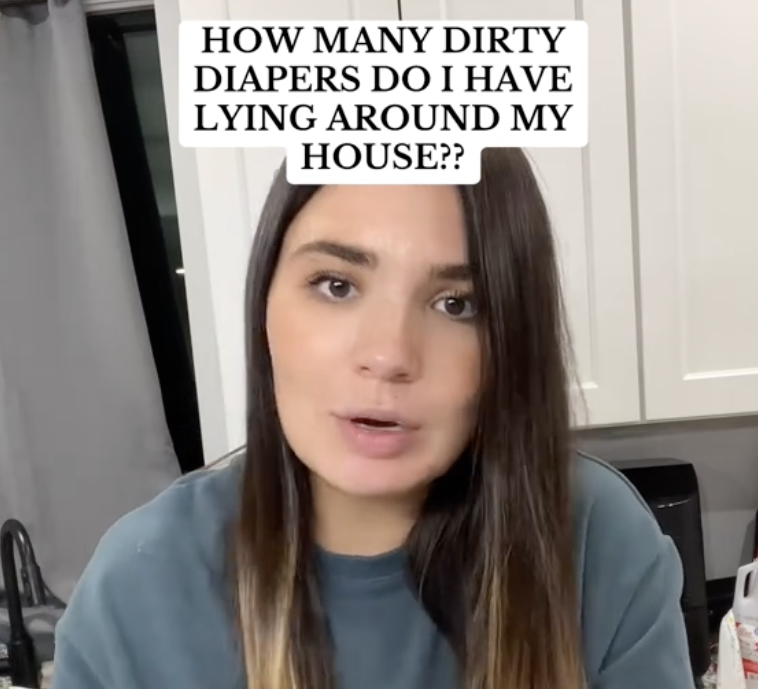Councilwoman Joann Ariola organized a District 32 Senior Prom for nearly one hundred of her elder constituents at the Nativity of the Blessed Virgin Mary Church in Ozone Park on Feb. 7, providing them with a way to get out and socialize with old friends they may not have seen during in recent years.
“This was our first-ever District 32 Senior Prom, and we saw a great turnout for the event,” Ariola said. “After having been stuck inside so often during the last few years, this was something so many of our seniors really needed. Now that we’re moving into the post-COVID era, seniors are starting to feel more and more confident about going out and gathering in large groups without fearing exposure to the coronavirus.”
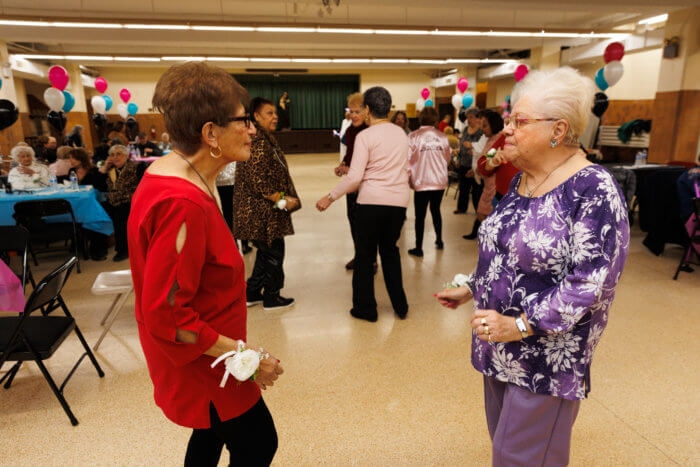
The women were given a white corsage upon entry and many wore street clothes while others dressed up for the event. After a catered lunch, everyone hit the dance floor while Tony Modafferi of the Generation Gap played the “soundtrack of your life,” featuring dance hits from the seniors’ heyday.
“Get-togethers like this one are very important for people’s mental, social and physical health, and I am already looking forward to the next time we can bring everyone out,” Ariola said, adding that she is keenly aware of the growing population boom in Queens. A new study by the Center for an Urban Future released last month revealed eye-popping statistics about the growing population sector.
“Queens added over 113,000 older adults in the past 10 years — the most by any borough in New York City,” Center for an Urban Future Executive Director Jonathan Bowles said. “The population of older adults in Queens isn’t just the highest in the city, it’s larger than the total population of any other city in the state.”
The study also revealed that the foreign-born older adult population in Queens increased by 60%, while the U.S.-born older adult population increased by 14%. Queens has the second-most diverse older adult population in the state, as just 35% are white, 25% are Asian, 20% are Hispanic and 16% are Black.
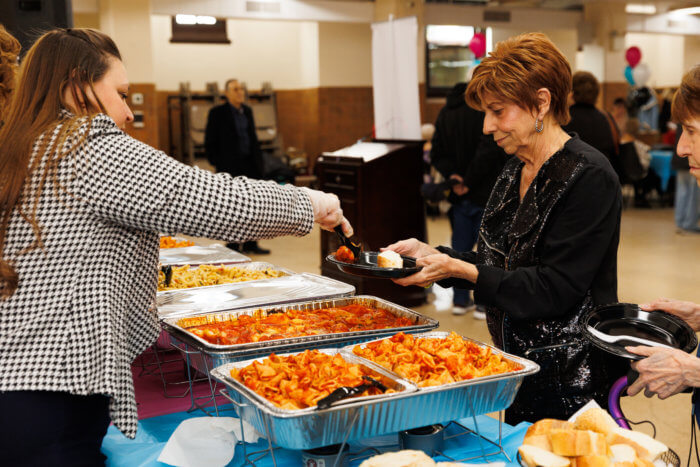
While the white older adult population in the borough grew just 5% over the past decade, the Asian, Hispanic and African American older adult populations grew by a significantly higher amount.
“The older adult population in Queens reflects the diversity of the borough. In the past decade, Queens’ older Asian population grew by 96%, the Hispanic older adult population grew by 68%, and the African American older adult population grew 35%,” Bowles said. “With this growth comes challenges that our policymakers will need to address. The number of older adults living in poverty in Queens increased by 32%, and the borough has the fourth highest older adult poverty rate in the state.”
Astoria-based HANAC, the nonprofit that celebrated its 50th anniversary last year, has been charting the growth of seniors in the borough.
“At HANAC, we have been seeing the impact of the growing number of older adults for many years in Queens and throughout the city. Affordable housing options have not kept up with need, and for many older adults, staying in the communities that they helped build, and where their families are, has become incredibly difficult,” HANAC Executive Director Stacy Bliagos said. “We have seen how integral older adults are to the health and culture of a community, and it is paramount that the city continues to support organizations that provide older adults not just with affordable housing, but with social programs that provide enrichment and community-building. Issues like difficulty accessing transportation to get to the doctor, or difficulty finding information on the services available to them to tackle food insecurity or caregiver needs, are all barriers that need to be accounted for when the city government and local organizations work together to build support systems for older adults.”
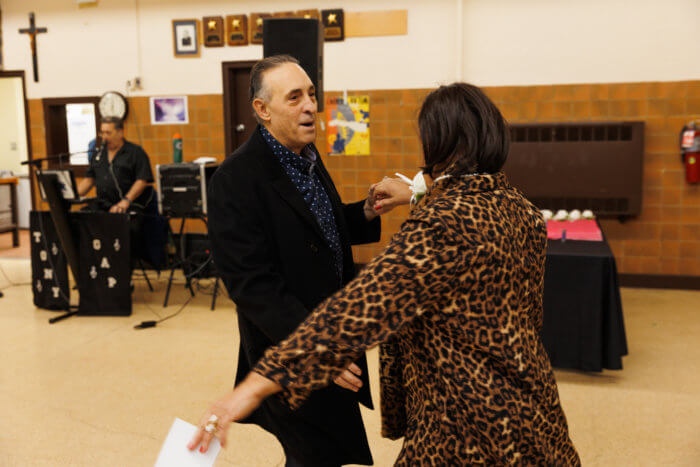
She concurred with Bowles that policymakers across the borough and city need to address the growing senior population. Bliagos said Mayor Eric Adams touched on the issue during his State of the City address at the Queens Theatre last month.
“We applaud the mayor for creating a Cabinet for Older New Yorkers, as it is exactly the type of investment that converts promises into actionable solutions,” she said. “Older New Yorkers have various needs (access to adequate food and housing on a fixed income, etc.), and coming together with multiple city agencies to create services that meet those needs is long overdue. As a nonprofit organization that serves many vulnerable populations, we understand better than most that paying attention to a problem is a great start, but without the proper funding, these efforts cannot make the changes that are so desperately needed.”
Bliagos added that she hopes the MyCity portal that the Adams administration has been developing to allow seniors to apply online for a broad range of services moves forward at a time of budget slashing at city agencies.
“For 51 years we have been serving the needs of older adults because they are the backbone of our society and they deserve to age with dignity and respect,” Bliagos told QNS. “The city has a duty to fund these services properly, and we look forward to working with the city as these plans, such as the creation of the MyCity portal, come to fruition.”
Additional reporting by Paul Frangipane.

